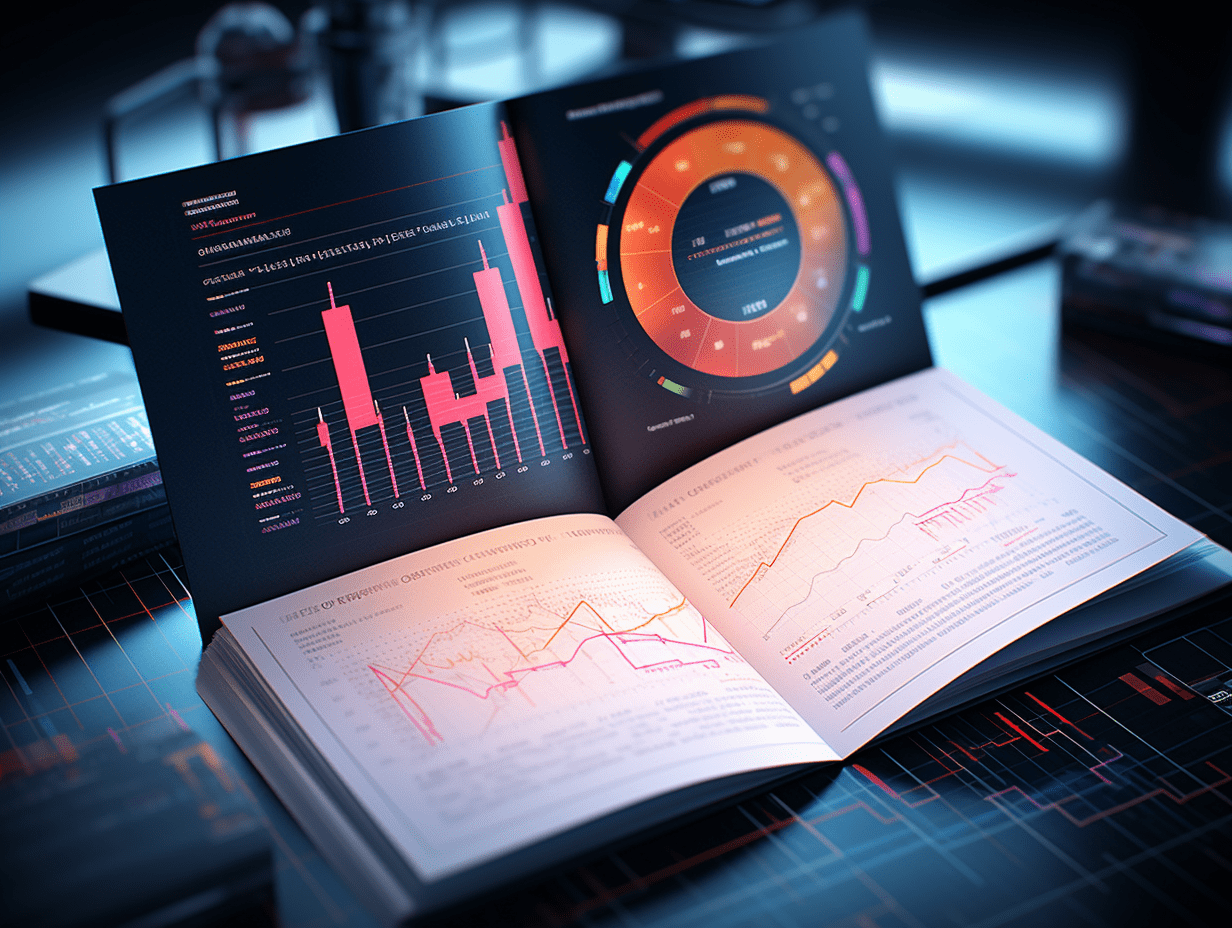
World Gold Council: The current gold fundamentals are relatively more solid, but there are potential risks of rapid price increases in the short term.
Recently, the World Gold Council released a commentary on the gold market, stating that the unexpected rise in gold prices was mainly influenced by investors' willingness to hold onto their positions and fear of selling. Compared to the peak values in 2011 and 2020, the current fundamentals supporting gold prices are relatively stable. However, it is important to note that there are potential risks associated with the rapid increase in gold prices in the short term. The current geopolitical and policy tensions are high, especially with uncertainty surrounding tariff policies and their impact on the market, which could lead to additional premium in gold prices. If these issues are resolved, this premium may dissipate.
In March, the end-of-month closing price for gold was $3,115 per ounce, a 9.9% increase from the previous month and a historical high. The strengthening of the Euro put pressure on the US dollar, combined with tariff concerns, leading to a significant rise in gold prices. In March, global gold ETFs saw overall inflows of about $8.6 billion, with net long positions in gold futures on the New York Commodity Exchange (COMEX) dropping slightly by 5 tons (around $400 million), possibly due to investors taking profits.
Post-pandemic, ample market liquidity has been a key force supporting the healthy operation of US financial assets and the economy. In 2022, declining market liquidity and a tightening US financial environment led to a rare simultaneous decline in stocks and bonds, with gold showing resilience but also experiencing volatility. The current market is in a similar stalemate, but with fundamental differences from 2022, and from a fundamental perspective, the current environment is conducive to further price increases for gold.
After the pandemic, the US economy and financial markets benefited from dual support of monetary and fiscal policies, driving employment and capital markets. However, in 2022, policy support has weakened, leading to simultaneous declines in stocks and bonds, with gold prices initially falling and then rising, indicating a dependence of the market and the economy on policy interventions.
While the market is currently focused on tariff issues, liquidity risks remain a significant concern, and the market may be facing a situation similar to 2022, affecting the trading liquidity of stock futures and the issuance of new bonds, which has been one of the reasons for the recent wave of stock sell-offs.
The significant magnitude and speed of the current rise in gold prices have led the market to compare it to historical peak levels, facing multiple obstacles. However, analysis indicates that the current macroeconomic situation is significantly different from when gold prices reached previous highs.
RECOMMEND
©️2013 - 2025 GMT EIGHT Holdings. All Rights Reserved.
Contact: [email protected]


